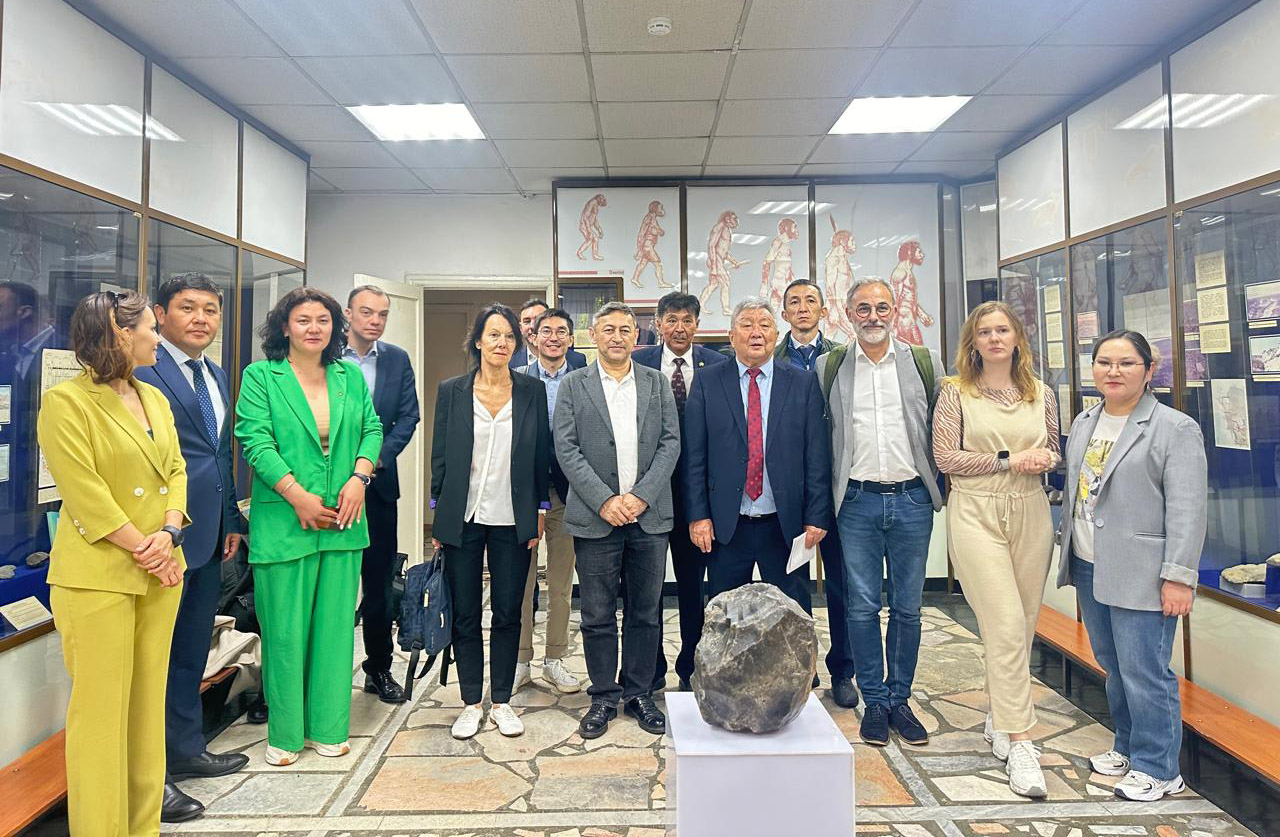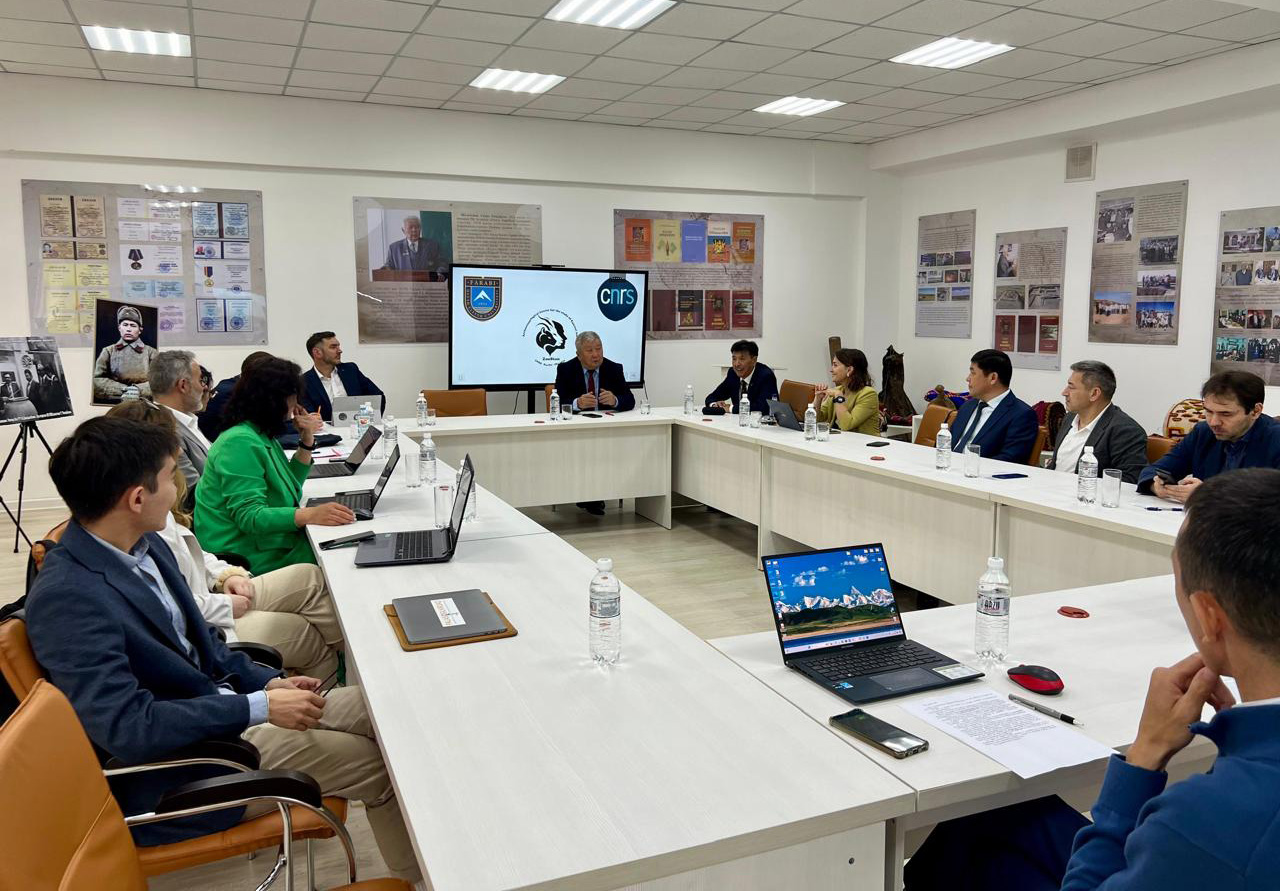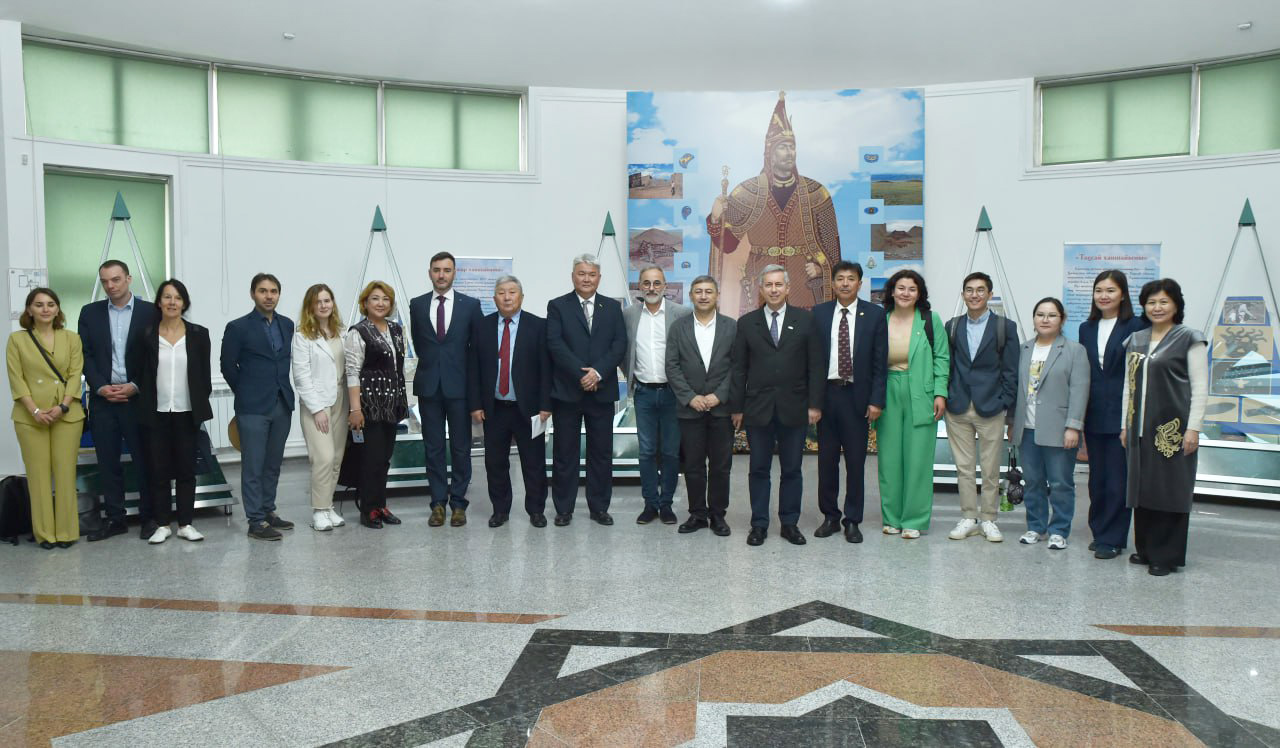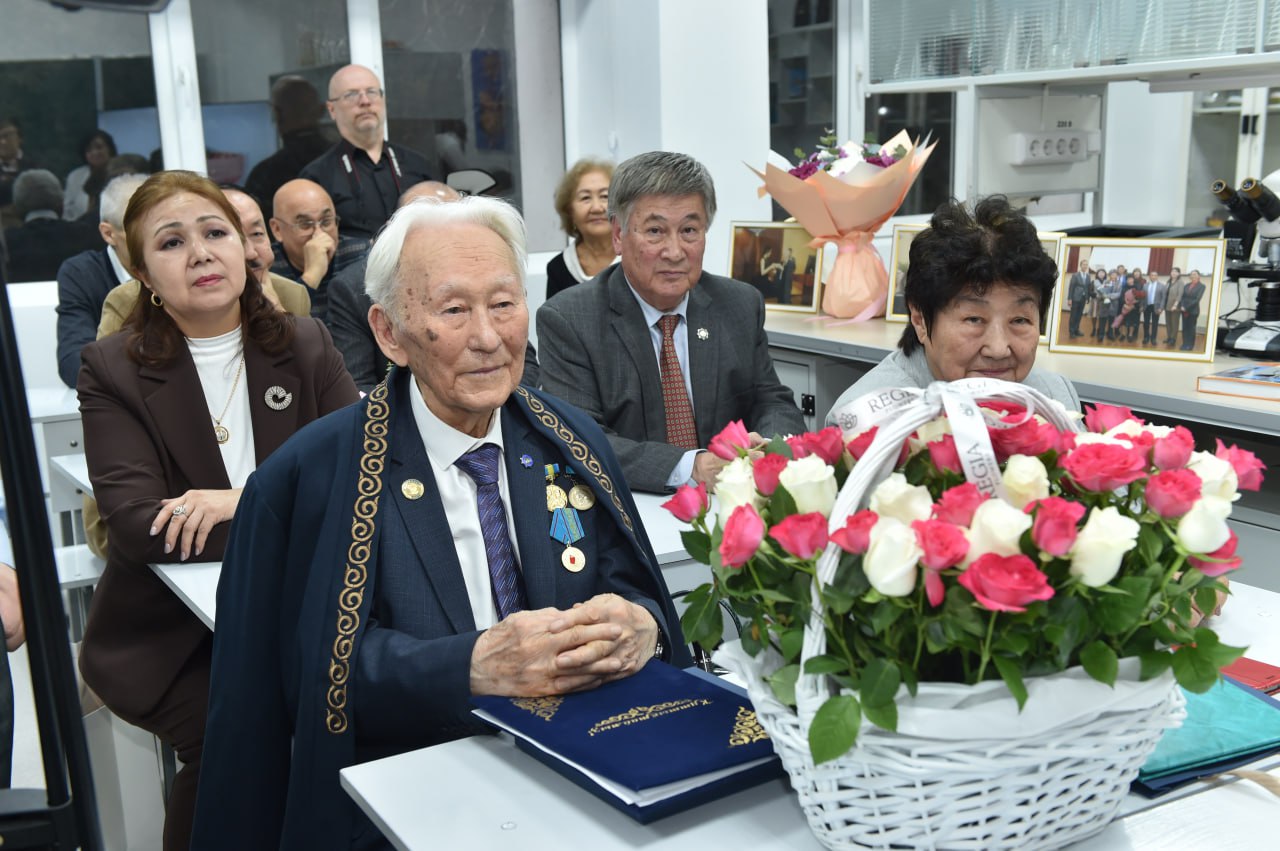The archaeozoological centre ZooStan is now open

The first scientific Kazakh-French centre ‘Archaeozoological Centre for the Study of Central Asia - ZooStan’ was opened in Al-Farabi KazNU. On the part of France, the organiser was CNRS - the leading state scientific institution of France.
The main objective of the ZooStan Centre is to study the past of human societies through the prism of the dynamics of human-animal relations over the last million years.
Three main themes are being studied within the work of the research centre: ‘Evolution of paleofauna and archaeological sites’, ‘Animals as a driving force behind the evolution of technological, economic and symbolic activities of human society’, and ‘Human settlement in extreme environments, especially at high altitudes’.

The research centre consists of 13 researchers from France, Kazakhstan, USA, Pakistan, Tajikistan and Kyrgyzstan. The director of ZooStan is William Rendue and the co-director from Kazakhstan is Rinat Zhumataev.
The Centre's activities are carried out in three areas: archaeological excavations, laboratory research and training of the young generation in the latest methods of archaeological research.
Field research is conducted at 13 archaeological sites located in France, Kazakhstan, Kyrgyzstan and Tajikistan. New monuments have been discovered during the field work.
Two scientific platforms - Cementochronology and ZooMS - are also being created on the basis of the Archaeozoological Centre. The method of cementochronology is aimed at studying the seasonality of birth, death and age of mammals. Its wide application will make it possible to answer many intriguing questions in the archaeology of Central Asia, such as: the season of habitation of different archaeological sites, the season of construction of burial mounds, the life expectancy of animals and people at different times in different territories.

The ZooMS laboratory will carry out proteomic analysis aimed at identifying animal bones. The fact is that most of the bones found by archaeologists are tiny fragments that cannot be identified. Of course, the application of the latest method is extremely important for modern archaeology.
In such a short period of time the scientific centre has achieved significant results. Scientists have published two articles and are preparing to print three articles in Web of Science Q1 journals. Two major international expeditions were held in Tajikistan and France. Financing of two large European projects totalling 650 thousand euros was attracted. Laboratory staff member S.V.Schneider organised a session on Central Asia at the World Neolithic Congress in Turkey in November 2024
.

Preparatory work is currently underway for the organisation of an international archaeological school in France, scheduled for June 2025.
Press-service of Al-Farabi Kazakh National University
Other news


